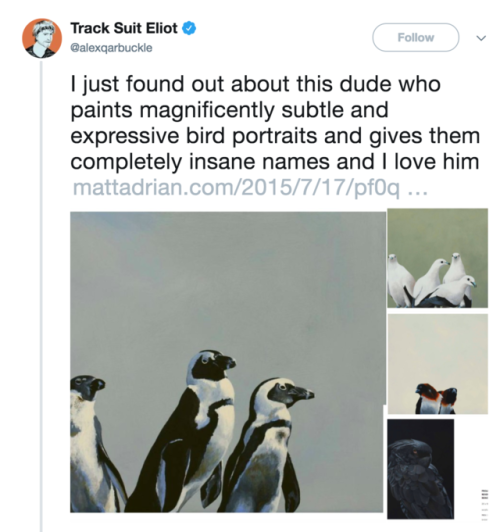Today We Successfully Tested One Of Our RS-25 Engines, Four Of Which Will Help Power Our Space Launch
Today we successfully tested one of our RS-25 engines, four of which will help power our Space Launch System (SLS) to deep space destinations, like Mars! This 500-second engine test concludes a summer of successful hot fire testing for flight controllers at our Stennis Space Center near Bay St. Louis, Mississippi.
The controller serves as the “brain” of the engine, communicating with SLS flight computers to ensure engines are performing at needed levels. The test marked another step toward the nation’s return to human deep-space exploration missions.
We launched a series of summer tests with a second flight controller unit hot fire at the end of May, then followed up with three additional tests. The flight controller tests are critical preparation for upcoming SLS flights to deep space– the uncrewed Exploration Mission-1 (EM-1), which will serve as the first flight for the new rocket carrying an uncrewed Orion spacecraft, and EM-2, which will transport a crew of astronauts aboard the Orion spacecraft.
Each SLS rocket is powered at launch by four RS-25 engines firing simultaneously and working in conjunction with a pair of solid rocket boosters. The engines generate a combined 2 million pounds of thrust at liftoff. With the boosters, total thrust at liftoff will exceed 8 million pounds!
Make sure to follow us on Tumblr for your regular dose of space: http://nasa.tumblr.com.
More Posts from Youaurendenial and Others

ok i spy 1 cap shield, one cap cosplay, one waldo and teddy roosevelt
(To the tune of Our House) corn dog. In the middle there’s some meat

Magical Bus

2016: This Year at NASA!
As 2016 comes to a close and prospects of the new year loom before us, we take a moment to look back at what we’ve accomplished and how it will set us ahead in the year to come.

2016 marked record-breaking progress in our exploration activities. We advanced the capabilities needed to travel farther into the solar system while increasing observations of our home and the universe, learning more about how to continuously live and work in space and, or course, inspiring the next generation of leaders to take up our journey to Mars and make their own discoveries.
Here are a few of the top NASA stories of 2016…
International Space Station
One Year Mission…completed!

NASA astronaut Scott Kelly and Russian cosmonaut Mikhail Kornienko returned to Earth after spending a year in space. Testing the limits of human research, findings from their One Year Mission will help send humans farther into space than ever before.
Commercial Resupply

Commercial partners Orbital ATK and SpaceX delivered tons (yes literally tons) of cargo to the International Space Station. This cargo supported hundreds of science experiments and technology demonstrations crucial to our journey to Mars.
Mars
Expandable Habitats

The Bigelow Expandable Activity Module (BEAM) was one of the technology demonstrations delivered to the space station in April. Expandable habitats greatly decrease the amount of transport volume for future space missions.
Booster Test Firing

In June, a booster for our Space Launch System (SLS) rocket successfully fired up. It will be used on the first un-crewed test flight of SLS with the Orion spacecraft in 2018. Eventually, this rocket and capsule will carry humans into deep space and one day…Mars!
InSight

This year we updated the milestones for our InSight mission with a new target launch window beginning in May 2018. This mission will place a fixed science outpost on Mars to study its deep interior. Findings and research from this project will address one of the most fundamental questions we have about the planetary and solar system science…how in the world did these rocky planets form?
Solar System and Beyond
Juno

On July 4, our Juno spacecraft arrived at Jupiter. This mission is working to improve our understanding of the solar system’s beginnings by revealing the origin and evolution of Jupiter.
OSIRIS-REx

In September, we launched our OSIRIS-REx spacecraft…which is America’s first-ever asteroid sample return mission. This spacecraft will travel to a near-Earth asteroid, called Bennu, where it will collect a sample to bring back to Earth for study.
James Webb Space Telescope

In February, the final primary mirror segment of our James Webb Space Telescope was installed. This will be the world’s most powerful space telescope ever, and is scheduled to launch in 2018. Webb will look back in time, studying the very first galaxies ever formed.
Kepler

In May, our Kepler mission verified the discovery of 1,284 new planets. Kepler is the first NASA mission to find potentially habitably Earth-sized planets.
Earth Right Now
Earth Expeditions

Our efforts to improve life on Earth included an announcement in March of a collection of Earth Science field campaigns to study how our planet is changing. These Earth Expeditions sent scientists to places like the edge of the Greenland ice sheet to the coral reefs of the South Pacific to delve into challenging questions about how our planet is changing…and what impacts humans are having on it.
Small Satellites

In November, we announced plans to launch six next-generation Earth-observing small satellite missions. One uses GPS signals to measure wind in hurricanes and tropical systems in greater detail than ever before.
Aeronautics Research
Our efforts in 2016 to make air travel cleaner, safer and quieter included new technology to improve safety and efficiency of aircraft arrivals, departures and service operations.
X-Plane

In June, we highlighted our first designation of an experimental airplane, or X-plane, in a decade. It will test new electric propulsion technology.
Drone Technolgy

In October, we evaluated a system being developed for the Federal Aviation Administration to safely manage drone air traffic.
Technology
Electric Propulsion

We selected Aerojet Rocketdyne to develop and advanced electric propulsion system to enable deep space travel to an asteroid and Mars.
Spinoffs

Our technology transfer program continued to share the agency’s technology with industry, academia and other government agencies at an unprecedented rate.
Centennial Challenges

Our Centennial Challenges program conducted four competition events in 2016 to spark innovation and enable solutions in important technology focus areas.
Watch the full video recap of ‘This Year @NASA’ here:
Make sure to follow us on Tumblr for your regular dose of space: http://nasa.tumblr.com










I DONT CARE WHAT SEASON IT IS, EVERYONE NEEDS TO SEE THIS


The very definition of what a winner looks like. (source)

Texting
-
 fish-fido liked this · 3 years ago
fish-fido liked this · 3 years ago -
 hauntedbouquetchild reblogged this · 4 years ago
hauntedbouquetchild reblogged this · 4 years ago
